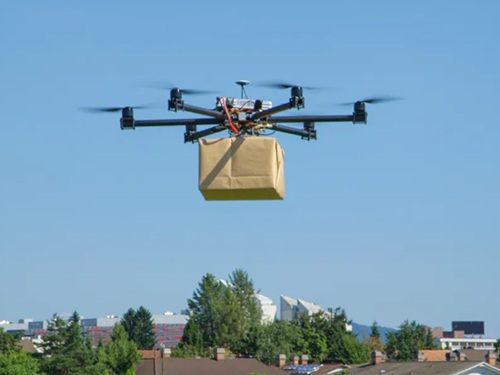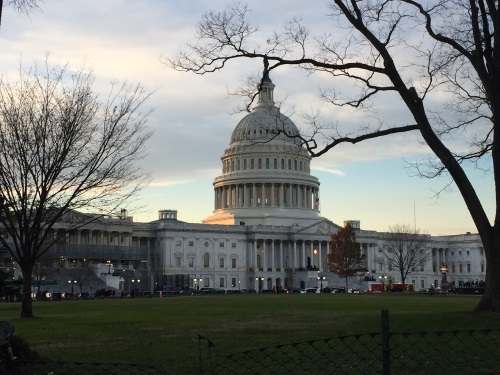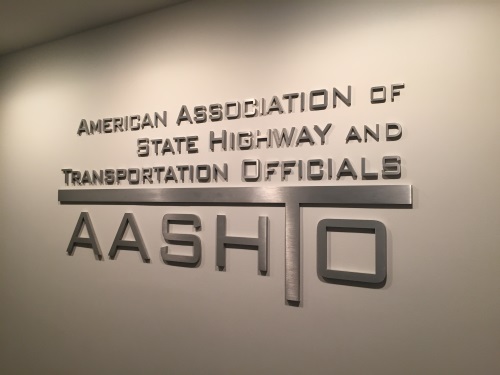The American Association of State Highway and Transportation Officials recommended a handful of ways to improve the environmental review process for infrastructure projects in a three-page letter sent to the Federal Highway Administration on May 31.
[Above image by AASHTO]
“While AASHTO acknowledges FHWA has made progress developing guidance and implementing process improvements to aid the effective and efficient environmental review of projects, improvements to the process are still needed,” the organization said. “AASHTO recommends FHWA use the $100 million provided by the Inflation Reduction Act for actions that produce a national benefit to the environmental review process. [It] affords FHWA the opportunity to implement strategies for reducing the time and burden of environmental review of these projects, while ensuring they remain protective of the environment.”
For starters, AASHTO recommended that FHWA expand the personnel and staff resources dedicated to the environmental needs of infrastructure projects. That includes the deployment and embedding of federal liaisons to support environmental reviews within stakeholder agencies responsible for reviews, as well as the creation of state or regional commissions for environmental review oversight.
Second, AASHTO encouraged FHWA to develop digital tools to help streamline and standardize the environmental review process, including the deployment of a national geographic information system or GIS for use by states during environmental reviews, the creation of an online application and document management portal, and a digital technical assistance program.
“With the technological advancement of computer, phone, and tablet software and hardware, more state departments of transportation are working in a completely digital environment,” the organization explained in its letter.
“Consequently, the processes for the submittal, review, and management of applications and documents have also moved in this direction. Unfortunately, as these processes transitioned they were done so independently and remain in multiple and sometimes redundant federal and state databases,” AASHTO said. “A single database will allow for the use of standardized forms and templates to submit and review projects. Additionally, a single national database will improve tracking and status reporting of environmental reviews [and] provides a mechanism to aid states in entering into programmatic agreements.”
To that end, AASHTO said FHWA should beef up its support of programmatic agreements as well as Planning and Environmental Linkages or PELs to further improve the efficiency of environmental reviews, including technical support, staff resources, oversight, and training for state DOTs.
“PELs and programmatic agreements are not widely used or made available as tools for providing efficiency in the environmental review process,” the organization pointed out. “When an environmental review is informed by a PEL, state DOTs experience noticeable efficiency improvements. In many cases, the use of PELs provides an option to perform a lower level of review in a shorter period of time.”
While FHWA has already implemented an effort to develop a national framework for the use of the PEL process, further support is needed to create a national PEL toolkit, AASHTO said. Additionally, expanding the use of PELs to the Federal Transit Administration and the Federal Rail Administration can further expand PELs as an “efficiency creating” tool, the group noted.
Concurrently, AASHTO said state DOTs are finding that programmatic agreements help “drastically reduce” the duration of environmental reviews while simultaneously maintaining review quality and thus the confidence of the public.
“The development of a national programmatic agreement library, including model agreements reviewed and approved by stakeholder agencies, will encourage their use and streamline their development,” AASHTO added.
 Top Stories
Top Stories
AASHTO Comments on Proposed Drone Rules
October 10, 2025 Top Stories
Top Stories

